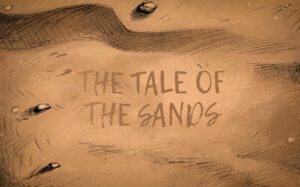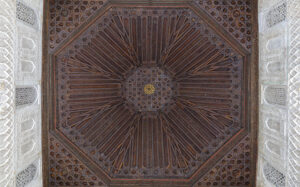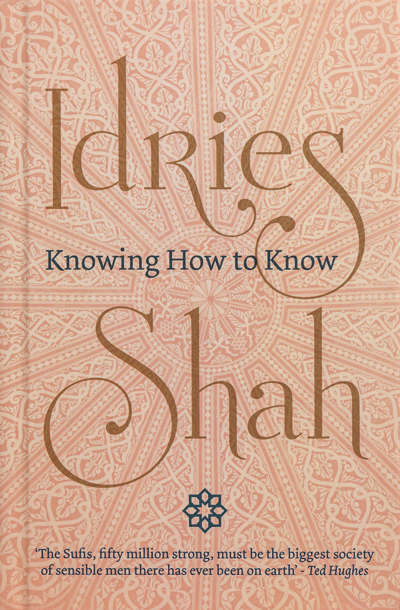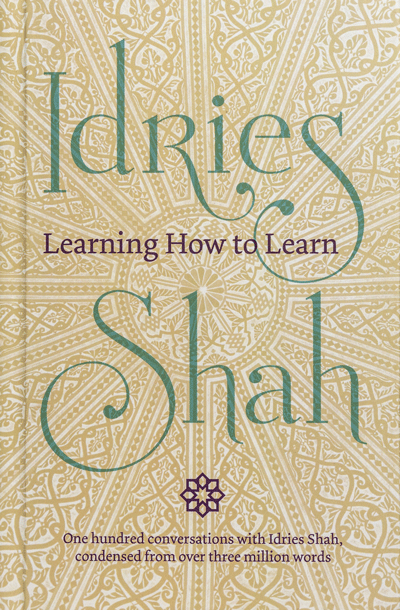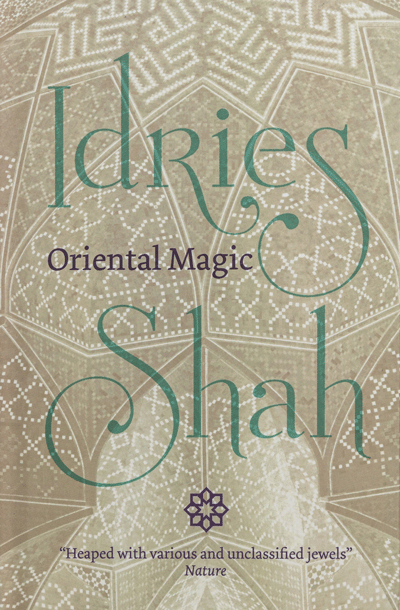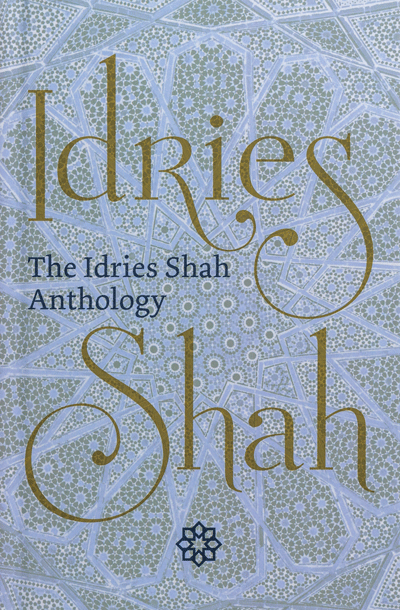Ibn El-Arabi: The Greatest Sheikh
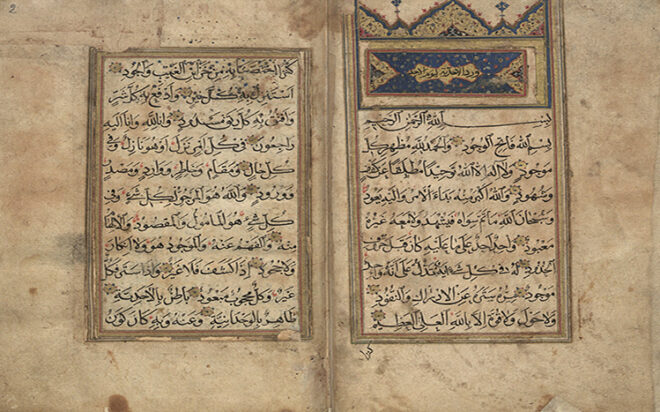
Muhyiddin Ibn el-Arabi (1165-1240) is one of the great Sufis of the Middle Ages whose life and writings are shown nowadays to have deeply penetrated the thought of East and West alike. He was known to the Arabs as Sheikh el-Akbar, ‘the Greatest Sheikh’, and to the Christian West by a direct translation of this title: ‘Doctor Maximus’. As Idries Shah writes in The Sufis, the Andalusian Muslim scholar, poet and mystic's role was to create and spread Sufi lore to allow others to discover and make contact with its essence, regardless of their culture or background.
The Greatest Master
One of the most profound metaphysical influences upon both the Muslim and Christian worlds is Ibn el-Arabi the Sufi, called in Arabic ‘the Greatest Master’. He was a descendant of Hatim el-Tai, still famous among the Arabs as the most generous man who ever lived and mentioned in FitzGerald’s Rubaiyat — ‘Let Hatim Tai cry “Supper!”: Heed him not!’
Spain had been an Arab country for more than four hundred years when Ibn el-Arabi the Murcian was born in 1164. Among his names is ‘the Andalusian’, and he was undoubtedly one of the greatest Spaniards who ever lived. It is commonly believed that there is no greater love poetry than his; nor was there ever a Sufi who so profoundly impressed the orthodox theologians with the interior meaning of his life and work.
Ibn el-Arabi's Early Years
His Sufi background, according to biographers, was that his father was in contact with the great Abdul-Qadir Jilani, Sultan of the Friends (1077–1166). Ibn el-Arabi himself is said to have been born as a result of the spiritual influence of Abdul-Qadir, who predicted that he would be a person of outstanding gifts.
His father was determined to give him the best possible education, something which was offered in Moorish Spain at the time to a degree almost unparalleled elsewhere. He went to Lisbon, where he studied law and Islamic theology. Next, while still a boy, he went on to Seville, where he learned the Qur’an and the traditions under the greatest scholars of the time. At Córdoba he attended the classes of the great Sheikh el-Sharrat, and distinguished himself in jurisprudence.
During this period, Ibn el-Arabi showed qualities of intellect far beyond those which distinguished his contemporaries, even though they were drawn from the scholastic elite in whose families such intellectual capacity was proverbial in the middle ages. During his adolescence, in spite of the severe discipline of the academic schools, he spent his free time almost entirely with the Sufis, and began to write poetry.
Creating Sufi Literature
He lived in Seville for three decades, his poetry and eloquence winning for him a place second to none in the highly cultivated atmosphere of Spain, as well as in Morocco, which was itself a centre of cultural life.
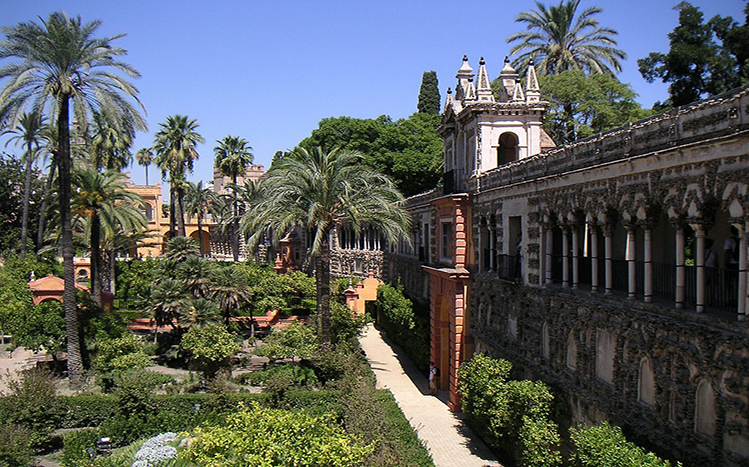
In some ways Ibn el-Arabi resembled el-Ghazali (1058–1111). Like him, he came from a Sufi family, and was to influence Western thought. Again like him, he was preeminent in Islamic lore. But whereas Ghazali first mastered Islamic scholasticism, found it insufficient, and then turned to Sufism at the height of his greatness, Ibn el-Arabi maintained, through associations and poetry, a continuous contact with the Sufic stream. Ghazali reconciled Sufism with Islam, making the scholastics understand that it was not a heresy, but an inner meaning of religion. Ibn el-Arabi’s mission was to create Sufi literature and cause it to be studied in order that people might thus enter into the spirit of Sufism — discover the Sufis through their being and expression, whatever their cultural background might be.
How this process worked is exemplified in a comment by the distinguished Professor R. A. Nicholson, who translated el-Arabi’s Interpreter of Desires:
Some of the poems, it is true, are not distinguishable from ordinary love songs, and as regards a great portion of the text, the attitude of the author’s contemporaries, who refused to believe that it had any esoteric sense at all, was natural and intelligible; on the other hand there are many passages which are obviously mystical and give a clue to the rest. If the sceptics lacked discernment, they deserve our gratitude for having provoked Ibn el-Arabi to instruct them. Assuredly, without his guidance the most sympathetic readers would seldom have hit upon the hidden meanings which his fantastic ingenuity elicits from an Arabic qasida.(1)
A very great deal of Ibn el-Arabi’s writings remain in a like case up to this day, as far as others than Sufis are concerned. Some of his material is addressed to those who have a grasp of ancient mythology, and is couched in those terms. Some, which connects with Christianity, serves as a lead-in to people with a Christian commitment. Other poetry serves to introduce the Sufi Way by means of love poetry. No single individual can unravel all his work only by means of scholastic, religious, romantic or intellectual equipment. This brings us to another hint of his mission, which is contained in his name.
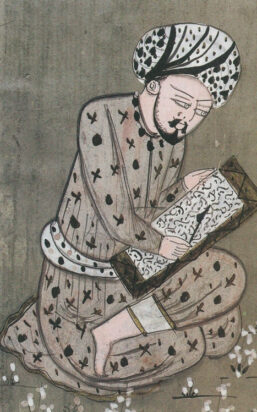
A Brief Biography of Ibn el-Arabi
Muhyiddin Ibn el-Arabi is considered one of the most influential Sufi thinkers and writers of the Middle Ages. He was born in Murcia in 1165, in the culturally advanced Al-Andalus region of Spain. Ibn el-Arabi spent the first three decades of his life in Iberia and North Africa studying law, theology and mysticism, and distinguishing himself as a poet.
His talents as a great thinker became evident early on in life. While Ibn el-Arabi was a teenager, his father took him to meet his friend, the philosopher Ibn Rush (also known to Europeans later as ‘Averroes’). Years later Ibn el-Arabi recounted an esoteric conversation in which he explained to the philosopher the limits of rational perception. That meeting was a watershed moment, which consolidated for Ibn el-Arabi the difference between formal and intuitive knowledge.
In 1202, Ibn el-Arabi set off on a journey to the Eastern lands of Islam, from which he would not return to his homeland. His travels took him to Mecca by way of Egypt, and later to Iraq, Anatolia and the Levant. He settled down in Damascus in 1223. There, Ibn el-Arabi accepted and taught disciples and wrote prolifically until his death in 1240.
Among his many writings, his major works written in those later years, are the monumental Al-Futūḥāt al-Makkiyyah (The Meccan Revelations) and Fuṣūṣ al-ḥikam (The Bezels of Wisdom).
Ibn el-Arabis’s mission Idries Shah writes, ‘was to create Sufi literature and cause it to be studied in order that people might enter into the spirit of Sufism—discover the Sufis through their being and expression, whatever their cultural background might be.’
'Reviver of the Faith'
According to Sufi tradition, Ibn el-Arabi’s mission was to ‘scatter’ (Arabic nashr, NSHR) Sufi lore throughout the contemporary scene, connecting it with the existing traditions of the people. This sense of scatter is perfectly legitimate and in accordance with Sufi thinking. As the Sufic term for scatter (NSHR) was not at the time used publicly, Ibn el-Arabi employed an alternative word for it. He was known in Spain as Ibn Saraqa, ‘Son of a small saw’. Saraqa, however, from the root SRQ, stands for another word for saw, derived from the NSHR root. The NSHR root when normally inflected means ‘publication, spreading’, as well as ‘sawing’. It also means revivification. Muhyiddin, Ibn el-Arabi’s personal name, translates as ‘reviver of faith’.
Taking the NSHR root literally, as most scholars were bound to do, has caused even such a respectable historian as Ibn el-Abbar to conclude that his father was a carpenter. He could only have been a ‘carpenter’ in the secondary sense known to Sufis who adopted guild terms for their meetings, to account for the collection together in any one place of a number of people who did not want to appear to be a subversive group.
Multiplicity of Being
Taken on their own, some of the statements of Ibn el-Arabi are startling. In Bezels of Wisdom, he says that God is never to be seen in an immaterial form. ‘The sight of God in woman is the most perfect of all.’ Love poetry, as with everything else to the Sufi, is capable of reflecting a complete and coherent experience of divinity, while concurrently fulfilling various other functions.
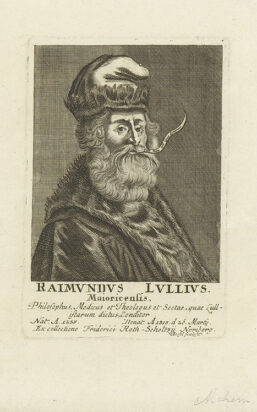
Every Sufi experience is an experience in depth and in qualitative infinity. It is only to the ordinary man or woman that a word has only one meaning, or an experience less than a large number of equally valid, whole significances. This multiplicity of being is something which, although accepted as a contention by non-Sufis, is frequently forgotten by them when they deal with Sufi material. At best they can generally appreciate that there is an allegory — which means to them just one alternative meaning.
To the theologians, committed to a literal acceptance of divine formalism, Ibn el-Arabi bluntly says that ‘Angels are the powers hidden in the faculties and organs of man.’ It is the Sufi’s objective to activate these organs.
Unmindful of the difference between formulation and experience, Dante (2) took over Ibn el-Arabi’s literary work and crystallised it within a currently possible framework. In so doing, he robbed Ibn el-Arabi’s message of its Sufic validity, and merely left Professor Asín with an embalmed example of what to the modern mind almost amounts to piracy. Raymond Lully, on the contrary, took over literary material from Ibn el-Arabi, but in addition emphasised the importance of the Sufi exercises which are necessary to complete the Sufic experiences.
Ibn el-Arabi's Deeper Faculties
Ibn el-Arabi, who studied under the Spanish woman Sufi Fatima b. Waliyya, was undoubtedly subject to special psychic states, such as are cultivated by the Sufis. He refers to these on various occasions. Some of his work was written in trance, and its meaning did not become clear to him until some time after its writing down. When he was thirty-seven, he visited Ceuta, where the renowned Ibn Sabain (who advised the Holy Roman Emperor Frederick) had his school.

There he had a strange vision or dream, which was interpreted by a famous scholar. The sage said: ‘Immeasurable… If this individual is in Ceuta, it can be none other than the recently arrived young Spaniard.’
The source of his inspiration was reverie in which the consciousness was still active. By the exercise of this Sufi faculty, he was able to produce from the innermost mind a contact with supreme reality — the reality which he explained underlay the appearances of the familiar world.
His teaching stressed the importance of this exercise of faculties which are unknown to most people, and consigned to credulous occultism by the many. ‘A person,’ he said, ‘must control his thoughts in a dream. The training of this alertness will produce awareness of the intermediate dimension. It will produce great benefits for the individual. Everyone should apply himself to the attainment of this ability of such great value.’ (3)
The Complexity of Ibn el-Arabi's Work
It is quite hopeless to attempt an interpretation of Ibn el-Arabi from a fixed position. His teachings are derived from the inner experiences, then presented within a form which itself has a function. Where his poetry has a double meaning, and it often has, he intends not only to convey both meanings but to affirm that both are valid. Where it is expressed in terms used by others before him, it is not intended by him that this should be taken as evidence of outside influence.
What he is doing here is to address himself to people in terminology which forms a part of their own cultural background. There are poems of Ibn el-Arabi’s which can be read in a shifting sense — the meaning starting in one theme and drifting into another. He has done this deliberately, in order to prevent the automatic associative processes from carrying the reader away into ordinary enjoyment; because el-Arabi is a teacher, not an entertainer.
For Ibn el-Arabi, as for all Sufis, Muhammad represents the Perfected Man. At the same time, it is necessary to know what is meant by ‘Muhammad’ in this context. Ibn el-Arabi is more explicit than most on this point. There are two versions of Muhammad — the man who lived in Mecca and Medina, and the eternal Muhammad. It is this latter one of whom he speaks. This Muhammad is identified with all the prophets, including Jesus. This idea has caused people with a Christian background to claim that Ibn el-Arabi or the Sufis or both were secret Christians. The Sufi claim is that all the individuals who have performed certain functions are in a sense one. This oneness they call in its origin haqiqat-el-Muhammadia, the Reality of Muhammad.
This is an excerpt from Ibn El-Arabi: The Greatest Sheikh, the eighth section of The Sufis by Idries Shah. To continue reading this section, go to The Sufis by Idries Shah.
(1) The Tarjuman Al-Ashwaq (Interpreter of Desires), tr. R. A. Nicholson, London, 1911, p. 7. Professor Nicholson’s opinions about Sufism must be treated with great reserve. An example is this astonishing remark, almost incomprehensible to a Sufi: ‘Professing to adore a universal abstraction, they make individual men the objects of their real worship’ (Selections from the Diwan-i-Shams-i-Tabriz, tr. Nicholson, Cambridge, 1898, p. xxi).
(2) Miguel Asín Palacios, Islam and the Divine Comedy, tr. H. Sunderland, New York, E. P. Dutton, 1926.
(3) Quoted by Ibn Shadakin.
